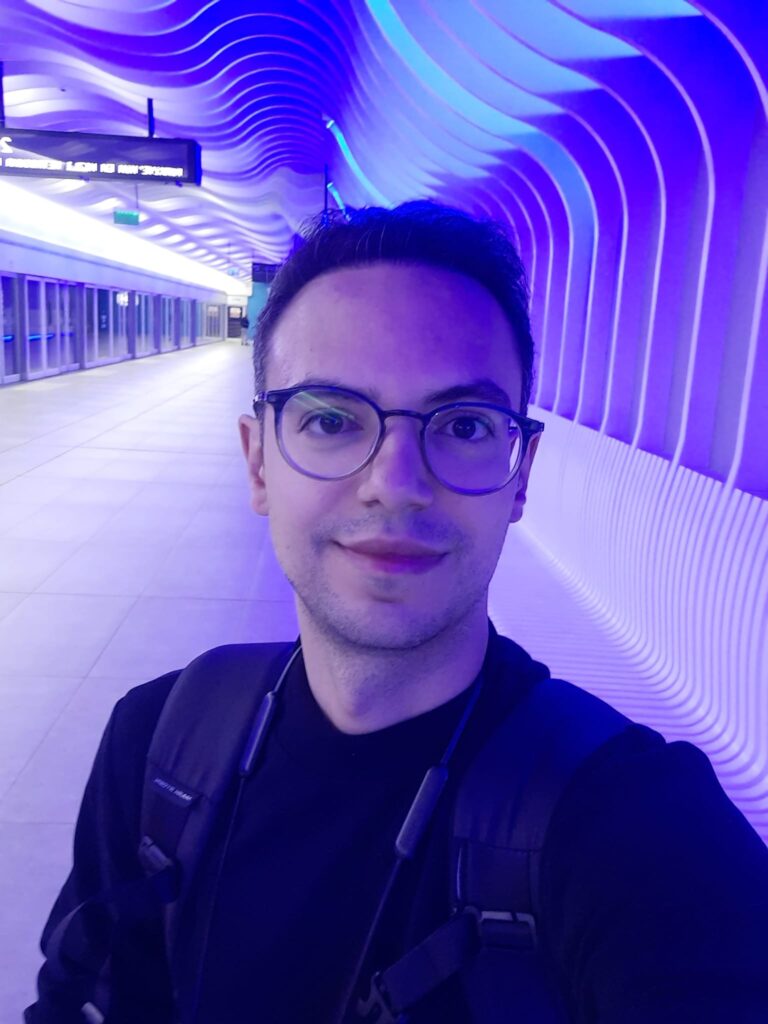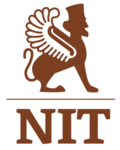by José Rafael Medeiros Coelho

Before starting my PhD, I aimed at conducting research related to the transnational dynamics of Ottoman and post-Ottoman Arab Christian migration, specifically examining the social, historical, and cultural connections between Antioch and São Paulo. However, the February 6, 2023 earthquakes that devastated Antioch deeply influenced the course of my project, now titled Ottoman Arab Migrations to Latin America (Antioch-São Paulo): Mapping Transnational Hubs, Networks, and Cultural Heritage. Given the destruction of Antioch’s historic center and numerous residential areas, my research expanded from investigating the
circulation of Antiochians and their networks in Brazil to also documenting and preserving the community’s endangered cultural heritage.
Unfortunately, the destruction of state and private archives in the Hatay province, including the Antioch Greek Orthodox Church, along with the displacement of families, severely limited my ability to conduct fieldwork, even a year after the earthquakes. This forced me to critically reassess how I approached Antioch as a field site, leading to the central question: how can one conduct archival and ethnographic research when primary sources and ego documents—buried under rubble—are largely inaccessible?
To tackle these challenges, I applied for and was granted a fellowship at NIT, which began on May 15. Upon my arrival, I was warmly welcomed by Dr. Fokke Gerritsen, Dr. Aysel Arslan, and the NIT fellows. I was given a peaceful workspace, library access, and the opportunity to work in different environments across the complex, including the meeting room. Informal discussions during meals were invaluable in refining my ideas and methodologies. Participating in events such as the International Conference on Post-Disaster Reconstruction broadened my understanding of the reconstruction debates in Hatay and enhanced my knowledge of the literature on multi-layered cultural heritage. Learning from scholars facing
similar challenges post-earthquake helped me navigate the complexities of my own fieldwork and explore new methodologies for documenting fragments of Antioch’s past through oral history and ethnographic fieldwork.
As part of my archival research, I visited the Başbakanlık Osmanlı Arşivi (BOA), also known as the T.C. Cumhurbaşkanlığı Türkiye Cumhuriyeti Arşivleri, to better understand Ottoman migration to Brazil. In the BOA, I found 3,346 summaries related to Ottoman-Brazilian relations, most focusing on commercial and economic exchanges. I researched various collections, including the Sadaret, Cebeli Lübnan, Divan-ı Hümayun Mukavelenameler Evrakı, and Bâb-ı Ali Evrak Odası. Significant documents were also found in the Dahiliye Nezareti (Ministry of Interior) and Hariciye Nezareti (Ministry of Foreign Affairs), which were crucial for understanding the management of migration by the Ottoman Empire.
These archival sources also shed light on Brazilian immigration propaganda aimed at recruiting Ottoman peasants to work on São Paulo’s coffee plantations. They highlighted how economic incentives and global labor demands shaped migration patterns from the Ottoman Empire to Brazil. In addition to the BOA research, I consulted periodicals related to Antakya’s provincial history at İBB Atatürk Kitaplığı, Beyazıt Kütüphanesi, and Istanbul University. These periodicals were vital in understanding the political and social dynamics in Antioch during the French Mandate and its annexation by Turkey in 1939. They provided valuable insights into the factors driving Antiochian migration to the Americas.
During my ethnographic fieldwork and oral history research, I connected with Arab Christian families displaced to Istanbul after the earthquakes. I conducted interviews and collected personal documents, such as photographs saved from the rubble. By combining Ottoman primary sources with oral history and official documents from São Paulo’s Public Archives and periodicals from the Biblioteca Nacional, I mapped the contributions of these families to establishing São Paulo’s first Orthodox Church and the Sociedade Antioquina. This cross-analysis revealed how individuals, institutions, and networks moved between these cities.
Brazilian periodicals and family testimonies referencing ports like İskenderun (Alexandrette) and São Paulo, along with steamships, clarified the role of these cities as transnational hubs. The involvement of shipping companies, consular agents, religious leaders, and local intermediaries showed how these networks facilitated the migration and integration of Arab Christian Antiochians, transferring cultural practices, religious institutions, and various forms of capital.

library, May-June, 2024.
As a result of these findings, I initiated a comprehensive database for my PhD project during the fellowship, integrating the diverse data collected through archival and ethnographic research. Though still in its early stages, this database is essential for organizing and analyzing the material gathered. The foundation laid during this month-long fellowship has been instrumental in advancing my research and refining my questions. In addition to the database, I contributed to an upcoming edited volume on Antioch, co-edited with Dr. Anna Maria Beylunioğlu at NIT. Set for publication in February 2025, this volume will compile oral testimonies and academic writings from Antiochians and scholars, marking the second anniversary of the earthquakes of February 6, 2023, including two of my authored contributions. The volume addresses the challenges of rebuilding Antakya after the earthquake, documenting the first year following the disaster and giving voice to Antiochians as they advocate for the future of their homeland. NIT’s resources and support were invaluable in advancing this project. Anna Maria and I found comfort in working at the institute every Friday, which became a productive and supportive environment for our collaboration—a memory we cherished and now mention in the book’s preface.

At the end of my fellowship, I presented my research to fellow NIT members, sharing data on the genealogy of Antiochian families in Brazil and historical arguments based on Ottoman sources and oral history interviews. The presentation and Q&A session were helpful in refining my research questions and methodology. Although my formal fellowship ended on June 15, I stayed in Istanbul to continue developing my database and conducting fieldwork in Antioch, benefiting greatly from NIT’s library. Between July and August, I also participated in a summer school on oral history methodology, organized by Nehna in collaboration with the Allianz Foundation and Postane. During the courses, taught by specialists in the field, I deepened my understanding of how to conduct oral history and ethnographic fieldwork. As part of the summer school project, I produced a multimedia project and wrote a paper titled “Enkaz Altından Notlar: Görseller e Tanıklarla Antakya’nın Hafızasını Belgelemek”, which will be published in October in the digital book “Antakya’nın Hafızası”.

J.R.Medeiros Coelho, Fieldwork 2024.
I am deeply grateful for the collaborative and intellectually stimulating environment at NIT, which has been pivotal in shaping and advancing my research. The insights and connections gained during my fellowship will significantly enhance my upcoming archival and fieldwork visits to Brazil. In the wake of recent earthquakes, I hope to continue uncovering the fragments of the past that document the journey of Arab Christian families from Antioch to Brazil and to preserve their cultural heritage and memory.
